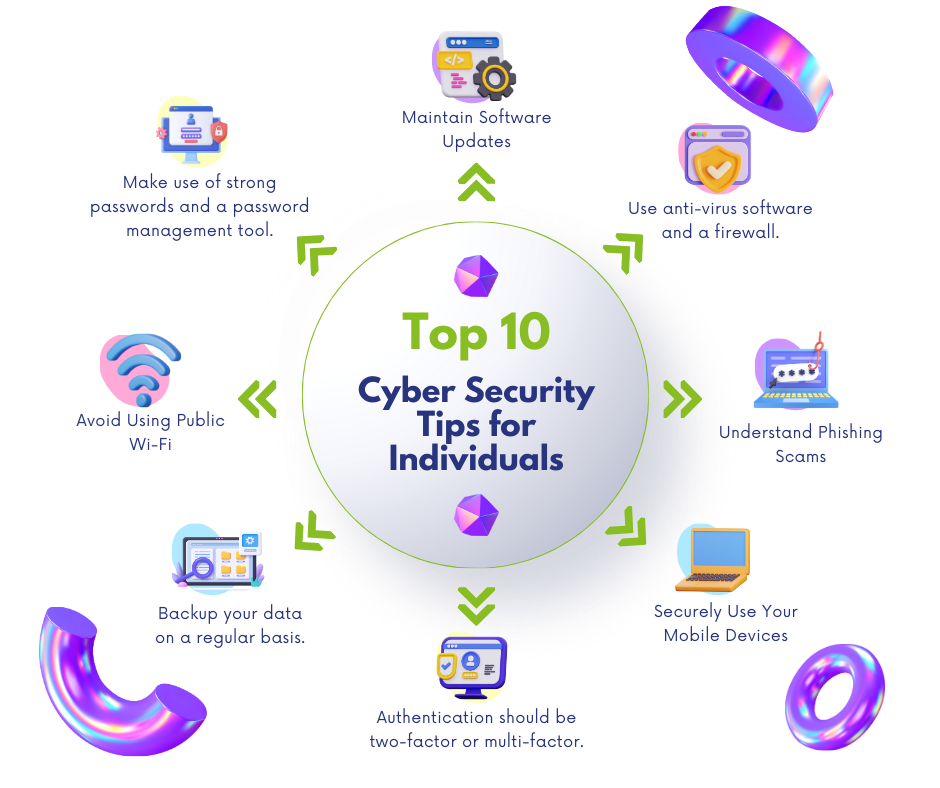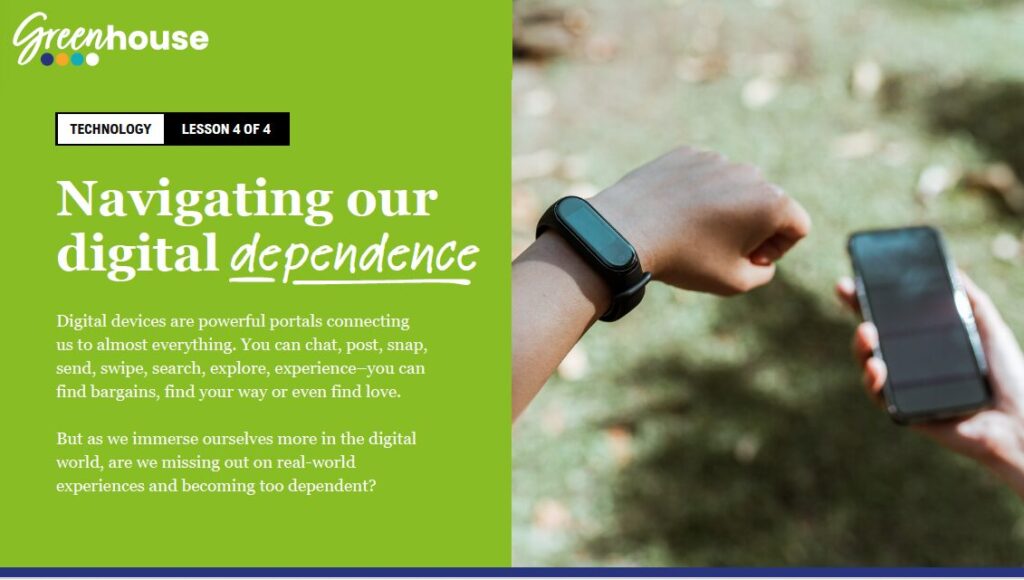Cyber Security for Young People
In today’s digital world, promoting cyber safety for young people is more crucial than ever. For young internet users, they face heightened vulnerability to online exploitation, misinformation, identity theft, and other cyber risks with threats amplified by heavy technology use during formative ages. Equipping our youth with a strong foundation of cyber security smarts is essential for safeguarding their digital lives.
This page provides guidance for students, parents and mentors on key online threats impacting adolescents and actionable strategies we can employ to help them safely navigate issues like privacy protection, social media vigilance, critical thinking around online material and more. By taking an informed, proactive approach to cyber security education, we can empower even our youngest digital minds to make responsible choices online and offline.
Leverage the tools and tips outlined here to have constructive cyber safety conversations and use the tips and guidance to make yourself cyber-safe. You can use our ‘critical thinking’ resources to to have educated conversations with young people.
What is cyber security?
Cyber security refers to protective measures taken to guard against criminal or unauthorized access, attacks, or vulnerabilities that put our sensitive online information, assets, operations, and privacy at risk. As young people spend more time interacting, learning, and being entertained across digital spaces, awareness around cyber risks is crucial.
Young users face a multitude of potential cyber attacks including:
- Malware (viruses, spyware) – software infections that allow hacker access/control
- Phishing attempts via email, texts, ads – ploys to share private info
- Denial-of-service attacks – efforts to overload and crash systems
- Data breaches – when personal records are hacked and exposed
- Identity theft – impersonation attempts to conduct fraud
- Social engineering scams – manipulation tactics to extort money/data
- Cyberbullying – using technology to intentionally harm others
Learning core concepts of cyber hygiene equips youth to make informed security decisions about passwords, connections, downloading, privacy settings, suspicious communications, and other precautions to mitigate their exposure to growing online threats.
Risk factors for young internet users
many young people are engaging in something called “sexting” – the sharing of nude or semi-nude images and sexual messages via phones and online. While it may seem harmless, sexting can actually have very serious consequences that everyone needs to be aware of. Find more info here.
Young people have a shorter period of exposure to cybersecurity education around threats like privacy protection, strong passwords, phishing scams, and dangerous downloads. Lack of awareness heightens vulnerability.
Youth tend to use social platforms, messaging apps, and interactive games more heavily than adults, increasing exposure to cyberbullying, predatory interactions, identity theft via oversharing, viral misinformation, and device infections.
The adolescent brain continues cognitive development through the mid-20s. Impulse control, risk evaluation, and discernment lag, making youth more apt to share personal details, trust questionable sources, fall for scams, enable geotracking, etc without grasped consequences.
Teen peer associations and shared content strongly influence young people exploring self-identity. This underscores SUV s need for social validation that hackers leverage via platforms like Instagram or Snapchat. Desire for popularity could prompt risky oversharing or reactions.
Ongoing education from parents and youth advocates can mitigate these vulnerabilities by arming young people with cybersecurity knowledge tailored to prevalent risks they face.
Best practices for online safety
Create complex passwords with combinations of upper/lowercase letters, numbers, and symbols that would be hard to guess. Avoid personal info. Change periodically.
Look for “https://” URLs and closed lock icons denoting encryption. Avoid “http://”. Verify legitimacy of unfamiliar sites before sharing info or downloads.
Don’t open messages, popups, texts with strange links or attachments which spread malware and access personal files.
Active privacy settings and limited friend/follower access helps restrict visibility of photos, contact details, location tags and other sensitive profile information from strangers.
Talk to youth about common online scams like phishing attempts to capture login credentials, fake prizes/job offers soliciting money/data, suspicious links causing downloads. Verify odd requests with trusted adults.
Sharp Thinking Resources - Technology
As mentors, we want to have the information available to be able to talk comfortably with tennagers and children about technology and social media. In order for you to have the best conversations you need the best material for not only them, but so you can learn about all the latest advancements in technology and understand the good that can come from it, as well as the bad.
We have created these 4 lesson on critical thinking with technology to get you and young people thinking differently about technology and how it can be positivley used.




